OXYTETRACYCLINE-GLUCOSE-YEAST EXTRACT AGAR (OGYE AGAR)

Code: CM0545
For the selective enumeration of moulds and yeasts.
|
Typical Formula* |
gm/litre |
|
Yeast extract |
5.0 |
|
Glucose |
20.0 |
|
Agar |
12.0 |
|
pH 7.6† ± 0.2 @ 25°C |
OXYTETRACYCLINE GYE SELECTIVE SUPPLEMENT
Code: SR0073
|
Vial contents (each vial is sufficient for 500 ml of medium) |
per vial
|
per litre
|
|
Oxytetracycline (in buffered base) |
50mg |
100mg
|
NB: the reconstituted supplement is photo-sensitive. It is recommended the solution is added immediately to the prepared agar base. Failure to do so may result in the solution becoming cloudy.
Directions
Suspend 18.5g in 500ml of distilled water and bring gently to the boil to dissolve completely. Sterilise by autoclaving at 115°C for 10 minutes. Allow the medium to cool to 50°C and aseptically add the contents of one vial of Oxytetracycline GYE Selective Supplement (SR0073) reconstituted as directed. Mix thoroughly and pour into sterile Petri dishes. The pH of this medium should be 7.0±0.2 @ 25°C.
Description
Oxytetracycline-Glucose-Yeast Extract Agar is recommended for the selection and enumeration of yeasts and moulds from foodstuffs1,2. The medium using oxytetracycline as the selective agent is based on the formulation developed by Mossel et al.3, who stated that the use of this antibiotic in a medium with a neutral pH gave increased counts of yeasts and moulds from a variety of foodstuffs compared with media which relied on a low pH to suppress bacterial growth. Physically stressed yeast cells give higher counts on media which depend upon broad-spectrum antibiotics rather than a low pH for selectivity4. In earlier work Mossel5 found that Glucose Yeast Extract Agar was as favourable a basal medium as `Mycophil’ Agar later recommended by Sharf6. Addition of the oxytetracycline was found to make the Glucose Yeast Extract Agar more selective than `Mycophil’ Agar by inhibiting the growth of lactobacilli, most of which grow at the acid pH of the latter medium.
The choice of a suitable medium for enumeration of yeasts and moulds is greatly dependent on the nature of the foodstuffs under investigation and the organisms that occur on them7. Oxytetracycline-Glucose-Yeast Extract Agar remains bacteriostatic when inoculated with not greater than 1ml of a 10-1 dilution of foods and subsequently incubated for not greater than 5 days at 25°C as is the customary practice in food mycology2.
For isolation of psychrotrophic yeasts from chilled proteinaceous foods a combination of oxytetracycline and gentamicin is effective8.
Very proteinaceous foods and the higher incubation temperatures around 35°C required for some organisms will inactivate oxytetracycline allowing growth of Gram positive and Gram negative rods. For such applications Rose-Bengal Chloramphenicol Agar (CM0549) may be substituted or Dichloran-Glycerol (DG18) Agar Base (CM0729).
Technique
Transfer 1ml aliquots of a series of suitable dilutions of the sample to empty 9cm diameter Petri dishes. Two dishes are used for each of the dilutions. Add approximately 15ml of medium prepared as described. Mix gently, turning the plates three times clockwise and three times counter-clockwise.
Incubate for 5 days at 22 ± 2°C with the petri dishes upside down, checking for formation of aerial mycelia after 2 days.
Count the numbers of colonies in plates containing 50-100 colonies after 5 days, or in any countable plates when aerial mycelia threaten to obscure further readings after 2 days. The counts obtained for each dilution should be similar on both plates.
Calculate the number of yeasts or moulds per 1g or 1ml by multiplying the number of colonies by the dilution factor.
Storage conditions and Shelf life
Store the dehydrated medium at 10-30°C and use before the expiry date on the label.
Store the prepared medium at 2-8°C.
Appearance
Dehydrated medium: Straw coloured, free-flowing powder
Prepared medium: Straw coloured gel